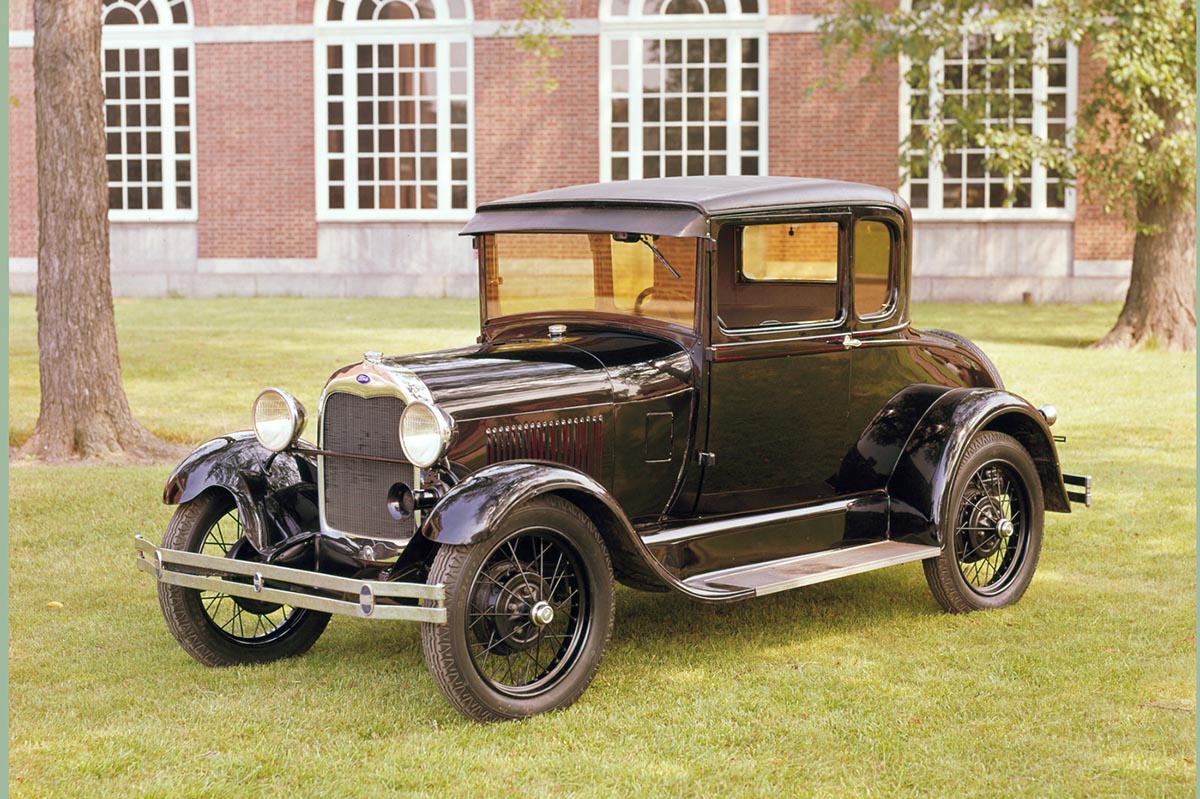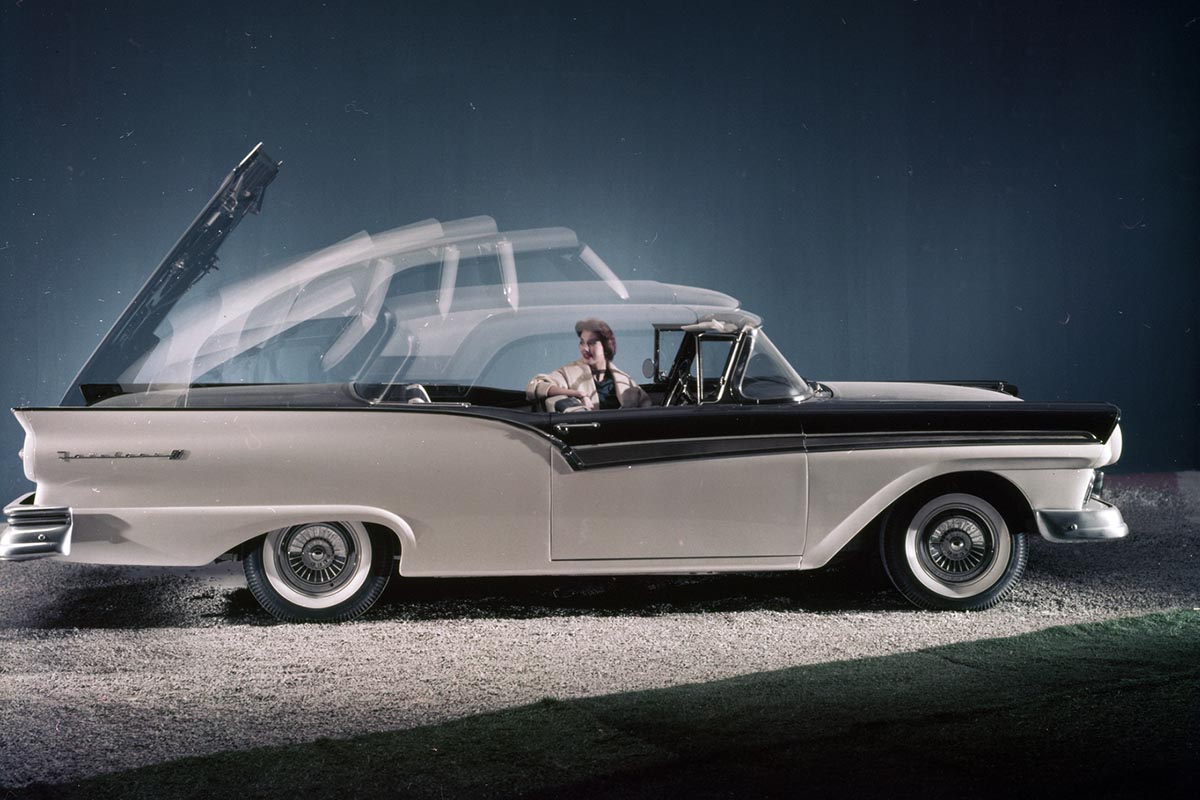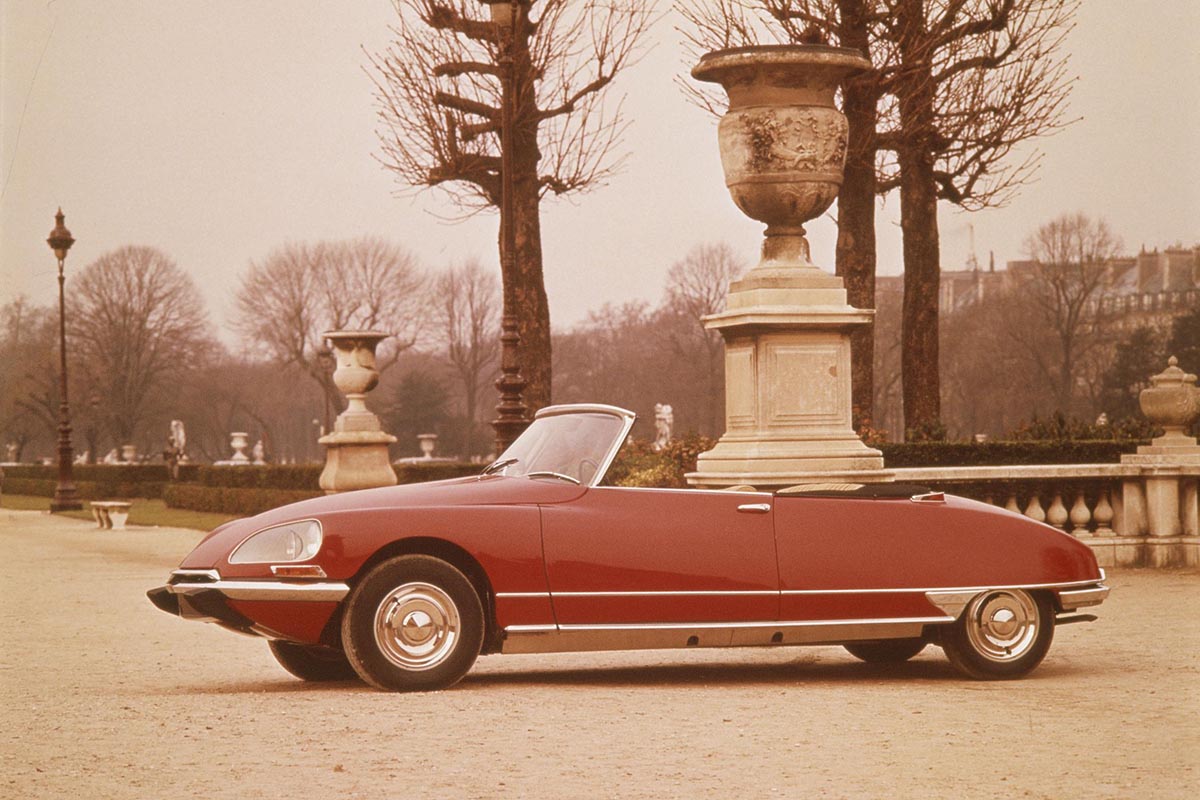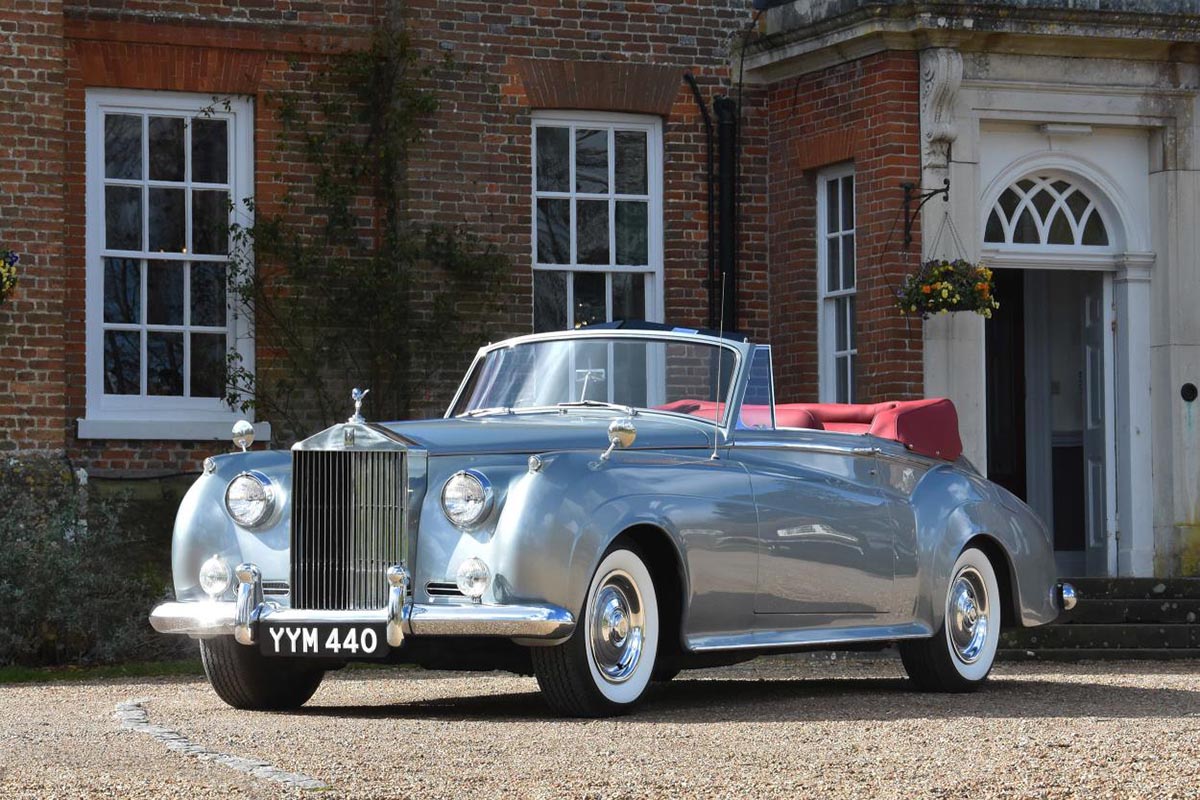The best classic convertibles
The world is divided into two types of people: those who love convertibles and, well, those strange folk who don’t. For many, the definition of a classic car is a drop-top where you can feel the breeze and be more in tune with the surroundings. Others regard a roof as an impediment to performance and hearing the crackle of the exhaust, while there are the aesthetes who love the clean lines presented by a sleek roadster.
Whichever way you cut it, convertibles are one of the core pillars of the classic car world, and we love them in all their many forms. Open-top, drop-top, roadster, cabriolet, drophead, tourer, convertible, or sportster, they all add an extra element to every drive even when the roof is raised and trying its best to keep those elements at bay.
The roots of the convertible go right back to the pioneering days of the automobile when bodywork owed more to horse-drawn carriages than cars. Building bodies with a permanent roof was much more costly and complicated, and it added a great deal to the weight of the vehicle. As a result, most cars were clothed with open bodywork and, if you were lucky, came with a fabric roof that could be erected in a short enough time to prevent you from getting soaked.

As car ownership became more democratised in the 1920s, with models such as the Austin 7 and Ford Model A, standardised bodywork moved in to replace costly coachbuilt bodies, though the bespoke handmade option remained popular with more expensive makes and models. While Austin, Ford, Morris and many others moved to offer enclosed bodies on their big sellers, they also continued with open versions. However, as the automotive industry shifted into the 1930s, it became clear that convertible cars were seen as a more desirable choice and a premium could be charged for these models. By now, the saloon was established as the base model for most ranges and the drop-top took the higher ground in the range.

This approach was cemented in place after the Second World War where convertibles became a symbol of decadence and shrugging off the gloom of rationing and sacrifice. Could any car better exemplify this than the Jaguar XK120? Initially offered as a roadster, Jaguar went on to offer it in coupe and drophead coupe forms, with the latter providing all the open-top drama of the roadster, coupled to a quick to work hood that made this a true all-weather machine.

Elsewhere, the convertible was developing in different ways. In the US, open cars with full side windows became popular, starting with the Nash Rambler and rapidly followed by many others from all the main manufacturers. Power-operated hoods also became a big selling point for convertibles in the US and few can be as dramatic or impressive as the Ford Fairlane 500 Skyliner’s balletic moves to lower and raise its hardtop roof.

The origins of the folding hardtop go back to the 1930s when Peugeot first used this design, and the French company went on to make it massively popular with its 206 CC of 2000. It used a similar style of scissor action metal roof as the Mercedes SLK but at a price almost any sun worshipper could afford. Very soon after that, a wave of convertibles arrived with similar roof designs, and with varying degrees of complexity and reliability.
Long before the 206 CC, however, convertibles became known for their greater practicality than outright open-top sports cars. Where the likes of the MGA and MGB, Morgan, or Triumph TR were strict two-seaters, convertibles offered more space and comfort while still serving up the glamour of open air driving. In the US, even the economy-minded Chevrolet Corvair was offered with a convertible body.

On the other side of the Atlantic, Renault offered its Caravelle while Citroen would sell you its delectable DS Décapotable if you had sufficient wherewithal to afford its substantial price tag. Just as good looking but easier on the budget, Volkswagen came up with the Karmann Ghia Convertible for 1958 and enjoyed sales of more than 80,000 up until the car was withdrawn in 1974. Mercedes provided luxury buyers with its 280 and 300 SE convertibles, but it took BMW a long time to catch up with a full convertible in the shape of its E30 3 Series in 1985. BMW had offered its 700 as a cabriolet and the 3 Series could be had with a Baur conversion, but this left a roll hoop in place which meant it never had the clean looks of a full convertible.

Triumph did the same with its Stag of 1970 yet somehow carried it off with far greater aplomb than Baur’s BMWs. Yet the 1970s proved thin pickings for convertible cars as concerns about safety regulations put off car makers from investing in this style of car. It was a low point after so many great convertibles emerged in the 1950s and 1960s, from the easy charm of the Hillman Minx Convertible to the splendour of a Rolls-Royce Silver Cloud.

Credit - DM Historics
Thankfully, the 1980s saw the convertible bounce back, with the likes of the suave Mercedes W124 series of convertibles, Ferrari Mondial, and Saab 900, plus plenty of hatch-based models. Everything from a Fiat Strada to the Volkswagen Golf was fair game, most with a roll bar in place to keep the structure rigid. They kept the flame flickering in the wind that lit the way for full convertibles like the Audi Cabriolet, BMW’s E36 Convertible, and the Mercedes CLK, as well as others, such as the Volvo C70 and Saab 9-3 delivering that feelgood factor that needed some factor 50 for sun-loving Brits to enjoy to the full.

Classic convertible cars are a mainstay of the old car world. Whether you need the extra space to carry the family or just fancy something with a more laid back drive than a sports car, the convertible is your passport to a sunshine state of mind.
Tell us in the comments which classic convertible is in your garage or the one you wish was!

COMMENT